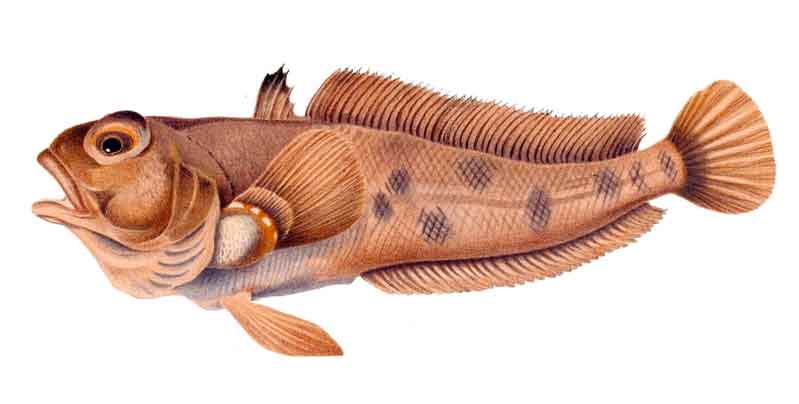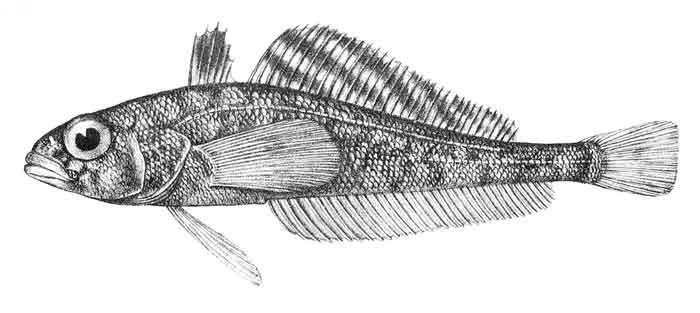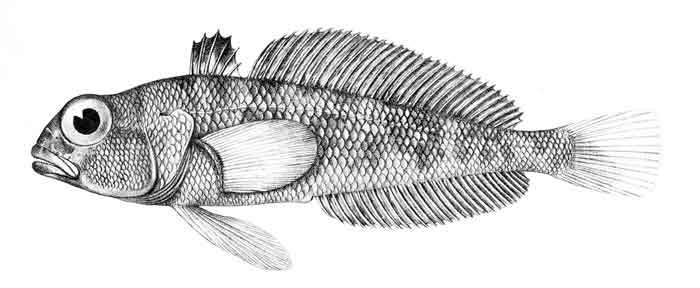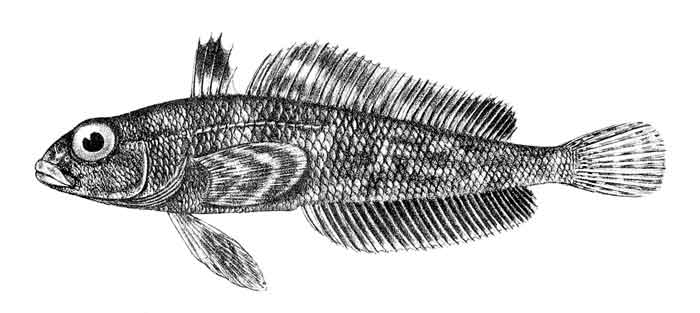Superregnum: Eukaryota
Cladus: Unikonta
Cladus: Opisthokonta
Cladus: Holozoa
Regnum: Animalia
Subregnum: Eumetazoa
Cladus: Bilateria
Cladus: Nephrozoa
Superphylum: Deuterostomia
Phylum: Chordata
Subphylum: Vertebrata
Infraphylum: Gnathostomata
Megaclassis: Osteichthyes
Superclassis/Classis: Actinopterygii
Classis/Subclassis: Actinopteri
Subclassis/Infraclassis: Neopterygii
Infraclassis: Teleostei
Megacohors: Osteoglossocephalai
Supercohors: Clupeocephala
Cohors: Euteleosteomorpha
Subcohors: Neoteleostei
Infracohors: Eurypterygia
Sectio: Ctenosquamata
Subsectio: Acanthomorphata
Divisio/Superordo: Acanthopterygii
Subdivisio: Percomorphaceae
Series: Eupercaria
Ordo: Perciformes
Subordo: Notothenioidei
Familia: Nototheniidae
Genus: Trematomus
Species: T. bernacchii – T. centronotus – T. eulepidotus – T. hansoni – T. lepidorhinus – T. loennbergii – T. newnesi – T. nicolai – T. pennellii – T. scotti – T. tokarevi – T. vicarius
Name
Trematomus Boulenger, 1902
Type species: Trematomus newnesi Boulenger, 1902. Type by subsequent designation.

Trematomus bernacchii

Trematomus lepidorhinus

Trematomus pennellii

Trematomus scotti
References
Primary references
Boulenger, G.A. 1902. Pisces. In: Report on the collections of natural history made in the Antarctic regions during the voyage of the "Southern Cross". [ix, 344 p., 53 leaves of plates]. Pt 5: 174–189, Pls. 11–18. BHL [see page 177]
Links
Trematomus – Taxon details on Integrated Taxonomic Information System (ITIS).
Trematomus is a genus of marine ray-finned fishes, belonging to the family Nototheniidae, the notothens or cod icefishes. These fishes occur in the Southern Ocean.
Taxonomy
Trematomus was first described as a genus in 1902 by the Belgian-born British ichthyologist George Albert Boulenger when he described four new species of notothen from specimens collected on the Southern Cross Expedition. In 1938 John Roxborough Norman designated T. newnesi as the type species,[1] this being the species described first in Boulenger's text.[2] In 1982 Arkady Vladimirovich Balushkin created the new genus Pseudotrematomus, in which he placed all the species in Trematomus other than T. newnesi, but this classification has not been widely accepted.[3] Some authorities place this genus in the subfamily Trematominae,[4] but the 5th edition of Fishes of the World does not include subfamilies in the Nototheniidae.[5] The generic name Trematomus is made up of trema which means “hole” or “opening” and “tomus” which means “cut”, Boulenger explained that the “scapular fenestra being pierced in the scapula instead of between the latter and the coracoid”.[2][6]
Species
Trematomus contains these currently recognized species:[4]
Trematomus bernacchii Boulenger, 1902 (emerald rockcod)
Trematomus eulepidotus Regan, 1914 (blunt scalyhead)
Trematomus hansoni Boulenger, 1902 (striped rockcod)
Trematomus lepidorhinus (Paul Pappenheim [de], 1911) (slender scalyhead)
Trematomus loennbergii Regan, 1913 (scaly rockcod)
Trematomus newnesi Boulenger, 1902 (dusky rockcod)
Trematomus nicolai (Boulenger, 1902) (spotted notothen)
Trematomus pennellii Regan, 1914 (sharp-spined notothenia)
Trematomus scotti (Boulenger, 1907) (crowned rockcod)
Trematomus tokarevi Andriashev, 1978 (bigeye notothen)
Trematomus vicarius Lönnberg, 1905 (orange notothen)
Characteristics
Trematomus rockcods have oblong bodies with wide but not depressed heads. They are large mouthed with the maxilla extending towards the middle of the eye, with conical teeth arranged in one or two rows or bands, although there are sometimes a few larger teeth to the front and along the sides of the jaws. The scales are mainly ctenoid, although there are non-ctenoid scales typically in the underside and on the back near the head. The upper lateral line has tubed scales which may be reduced in extent and in the middle lateral line the tubed scales are frequently often replaced by pored scales. The caudal fin contains10-14 branched fin rays.[3] The maximum length varies from a standard length of 16 cm (6.3 in) in T. scotti to a total length of 41 cm (16 in) in T. hansoni.[4]
Distribution, habitat and biology
Trematomus rockcods are found all around the continent of Antarctica with two species which reach as far north as South Georgia. They are benthic or epibenthic species which feed on invertebrates and smaller fishes and they are the dominant fish species on the Antarctic continental shelf.[3]
References
Eschmeyer, William N.; Fricke, Ron & van der Laan, Richard (eds.). "Genera in the family Nototheniidae". Catalog of Fishes. California Academy of Sciences. Retrieved 3 October 2021.
Boulenger, G.A. (1902). "Pisces.". Report on the collections of natural history made in the Antarctic regions during the voyage of the "Southern Cross".
H.H. Dewitt; P.C. Heemstra; and O. Gon (1990). "Nototheniidae Notothens". In O. Gon and P.C. Heemstra (eds.). Fishes of the Southern Ocean. South African Institute for Aquatic Biodiversity. ISBN 9780868102115.
Froese, Rainer and Pauly, Daniel, eds. (2021). Species of Trematomus in FishBase. June 2021 version.
J. S. Nelson; T. C. Grande; M. V. H. Wilson (2016). Fishes of the World (5th ed.). Wiley. p. 465. ISBN 978-1-118-34233-6.
Christopher Scharpf & Kenneth J. Lazara, eds. (12 April 2021). "Order Perciformes: Suborder Notothenoididei: Families Bovichtidae, Pseaudaphritidae, Elegopinidae, Nototheniidae, Harpagiferidae, Artedidraconidae, Bathydraconidae, Channichthyidae and Percophidae". The ETYFish Project Fish Name Etymology Database. Christopher Scharpf and Kenneth J. Lazara. Retrieved 3 October 2021.
Retrieved from "http://en.wikipedia.org/"
All text is available under the terms of the GNU Free Documentation License

